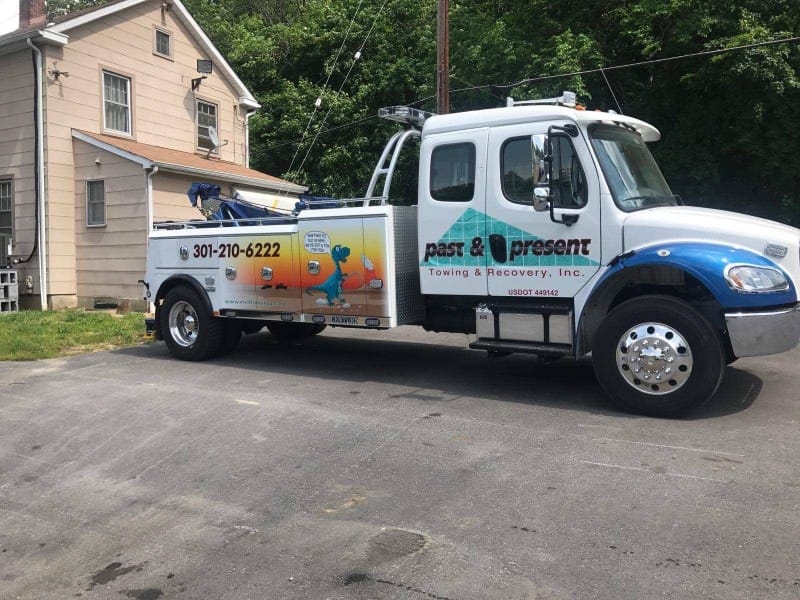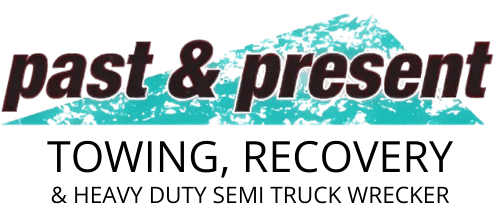The Fast Lane Doesn’t Forgive Delays
Our highways are the arteries of our nation. When traffic grinds to a halt on one of our interstates, everyone feels it. Whether it’s a fender bender or a jackknifed rig, one stalled vehicle can ripple through Maryland’s busiest beltways, causing massive backups and safety hazards. Our towing team has worked these scenes long enough to know that every second counts. That’s why I-495 recovery is a vital part of keeping our corridor functional and safe. We treat it with urgency every time.

Every Minute Counts on the Interstate
Stopped traffic on highways can quickly become dangerous. Lane blockages create pressure points across the highway system. That delay can affect emergency responders, school schedules, and regional deliveries. The ripple effect from a single incident can reach miles down the road. Delayed response increases tension for everyone behind the wheel. The congestion is now a real safety issue.
Here’s what makes fast clearance essential:
- Traffic grows heavier the longer a lane stays blocked.
- Secondary crashes become more likely near stalled traffic.
- Open lanes are necessary for emergency vehicles to pass.
In heavy recovery situations, the obstacles are greater. A wrecked tractor-trailer might spill its load across multiple lanes. That cargo might need to be cleared by hand, swept up, or even hauled away separately. Damaged freight that’s unstable or leaking must be treated differently from household goods. If the cargo can’t be salvaged or safely shifted to another trailer, we coordinate disposal. Some items, like food, liquid, or industrial materials, must be removed quickly to prevent further hazards or contamination. We often bring separate transport units to remove debris while tow operators handle the vehicles themselves.
Clearing roads quickly makes travel safer for everyone who shares the highway.
Clearing the Way With Purpose
Each recovery we handle begins with rapid evaluation. Our team assesses the layout, vehicle position, and any roadside hazards. The quicker we gather this information, the sooner we begin clearance. We focus on minimizing disruption to traffic during every stage. Our recovery process is based on experience and real-time decisions. Crews work under pressure with attention to safety and timing.
Typical I-495 recovery steps include:
- Marking and protecting the area with cones and lights.
- Choosing the appropriate tow truck for the vehicle.
- Lifting or winching based on condition and surroundings.
- Cleaning debris from the lane or shoulder.
We maintain readiness through ongoing training. We rely on systems that keep us focused and adaptable on scene.

Past & Present Towing: Experts in I-495 Recovery
At Past & Present Towing, I-495 recovery is a daily responsibility. We clear the scenes that slow this region down. Our teams stay alert and equipped to handle any incident that happens along this highway. We respond to I-495 recovery calls with purpose. Our training prepares us to take action without delay. This work affects thousands of people every hour, and we never forget that. We show up ready to do our part and restore the flow.
We’ve worked I-495 recovery scenes under snow, heat, and traffic at its worst. These recoveries demand experience, speed, and consistency. Our crew brings all three. Our name is behind every I-495 recovery we complete. That’s why we don’t leave until the job’s done.
FAQ
What causes the biggest delays after a crash on a major highway?
Delays often come from lane blockages, spilled cargo, and debris that require specialized removal. The more complicated the scene, the longer it takes to reopen the road.
How do towing crews remove cargo from the road?
Crews assess the cargo type, determine if it can be salvaged, and either reload it or dispose of it safely. Some situations call for separate transport vehicles to carry away damaged freight.
What’s the difference between standard towing and heavy recovery?
Standard towing handles lighter vehicles like cars and pickups. Heavy recovery deals with larger vehicles, trailers, and complex incidents involving overturned trucks or spilled loads.
Why is it dangerous to wait too long to clear a lane?
Traffic can back up for miles, increasing the risk of secondary crashes. It also blocks emergency responders and creates stress for drivers stuck in the delay.
What happens to damaged cargo after a highway accident?
Damaged cargo is evaluated on site. If it poses a risk or can’t be transported safely, it may be discarded or handled by a separate cleanup team.
How do responders decide which equipment to send?
Dispatchers use details from the initial call to match the right tow truck and gear to the situation. Size, position, and load type all influence that decision.

